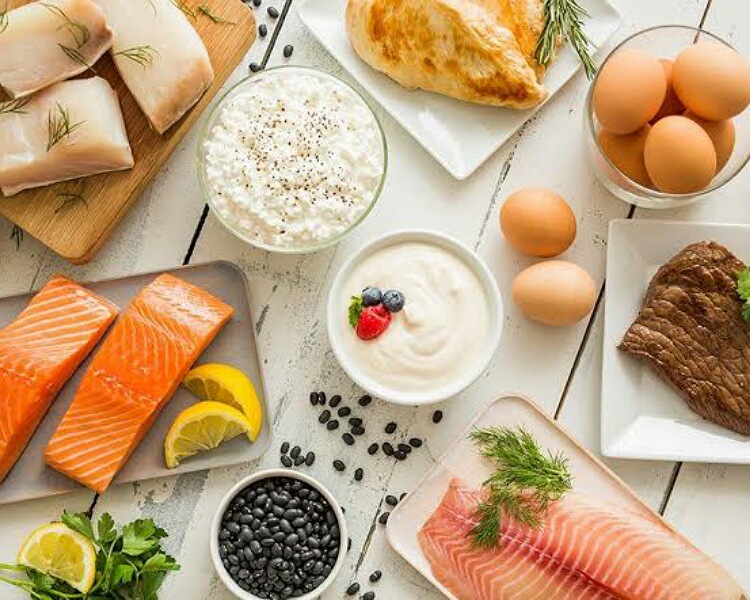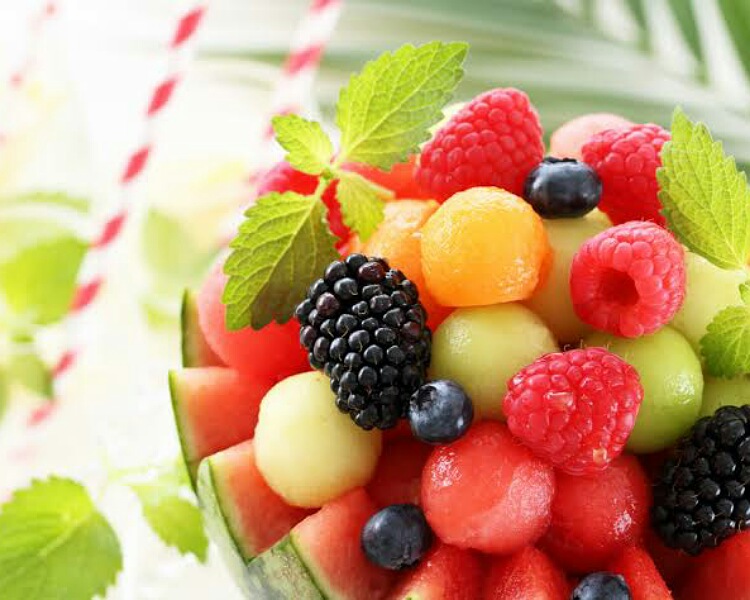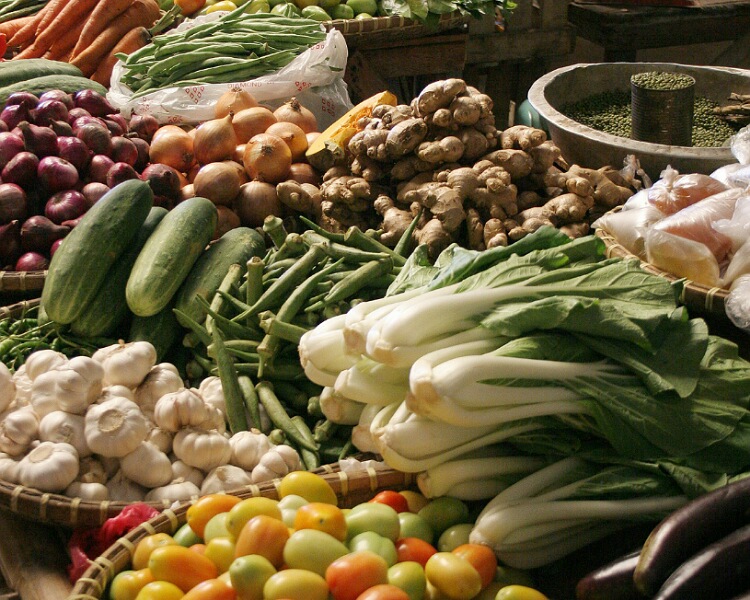Intermittent fasting is a diet in which people avoid eating during a fixed duration of the day. There are claims that this can foster health and well-being and help in weight management. If lowers risk of chronic diseases and cancer. But it is important to know what foods to eat during the window period allowed for eating? One should est healthily at this time too.
Intermittent fasting
Intermittent fasting is not consuming foods for a certain period of the day. It is fasting during those fixed hours of the day. Accordingly, the calories also get restricted during those fasting period. During the rest of the day, normal eating can be done. Lisa Jones, a registered dietitian who works in Philadelphia says:
“Intermittent fasting can be an easy and effective way to lose weight. Depending on the type of IF practice, it means you will only eat during certain days of the week or during a specific feeding window of time.”

Actually, this way of eating is a concept and not a specific diet. Further, Dr. Holly F. Lofton, clinical associate professor of surgery and medicine and also director of the NYU Langone Weight Management Program in New York City explains:
“Intermittent fasting aims to utilize ketone bodies (a byproduct of burning fat that are generated in the liver) as a source of cellular energy instead of the body’s usual, more efficient process of using dietary glucose.”
Holly adds:
“During fasting, the liver then converts fatty acids to ketones to be used as an energy source for the brain and other tissues,”
Foods to have during on the non-fasting period
The diet states that during the window period for eating, a person can eat ad lib. There is no restrictions on amount or type of foods consumed. But for best and sure results, one should have food items from the following food groups: fruits, vegetables, lean protein.
Fruits are rich in vitamins, minerals, phytonutrients, and fiber. They keep you full and also regulate bowel movements. They reduce body inflammation and assist in control of blood sugar and bad cholesterol. The fruits reduce risk of cancer too.

Similarly, vegetables have fiber, phytochemicals, vitamins, and minerals. Green leafy vegetables are best and loaded with these nutrients. Consuming them can keep chronic diseases at bay and also prevent cancer and body inflammation. Have 5 servings of fruits and vegetables in a day as part of your balanced and wholesome diet, say the American nutritional recommendations.
And lean protein rich sources include Greek yoghurt, beans, legumes, tofu, tempeh, shellfish, fish, and chicken breast.
One should avoid foods that are caloric-dense and rich in high amounts of added sugars, salt or saturated fats. Ryan Maciel is a dietitian and performance coach with Catalyst Fitness & Performance in Cambridge, Massachusetts. He says:
“They won’t fill you up after a fast, and can even make you hungrier,”
“They also provide little to no nutrients.”
Principles of this way of eating
The diet can be time restricted eating or the 5:2 plan. In latter, regular eating is for 5 days a week and in the remaining two days, there is calorie restricted eating.
Read more: Why is 16:8 diet plan so popular for weight loss?

The principles of this way of eating for weight loss or health reasons are:
1. Have minimally processed foods for most of the time.
2. Eat more of lean protein, vegetables, fruits, complex carbs and healthy fats. Make good dishes more delicious.
Enjoy your foods by eating at a slow pace and mindfully.
